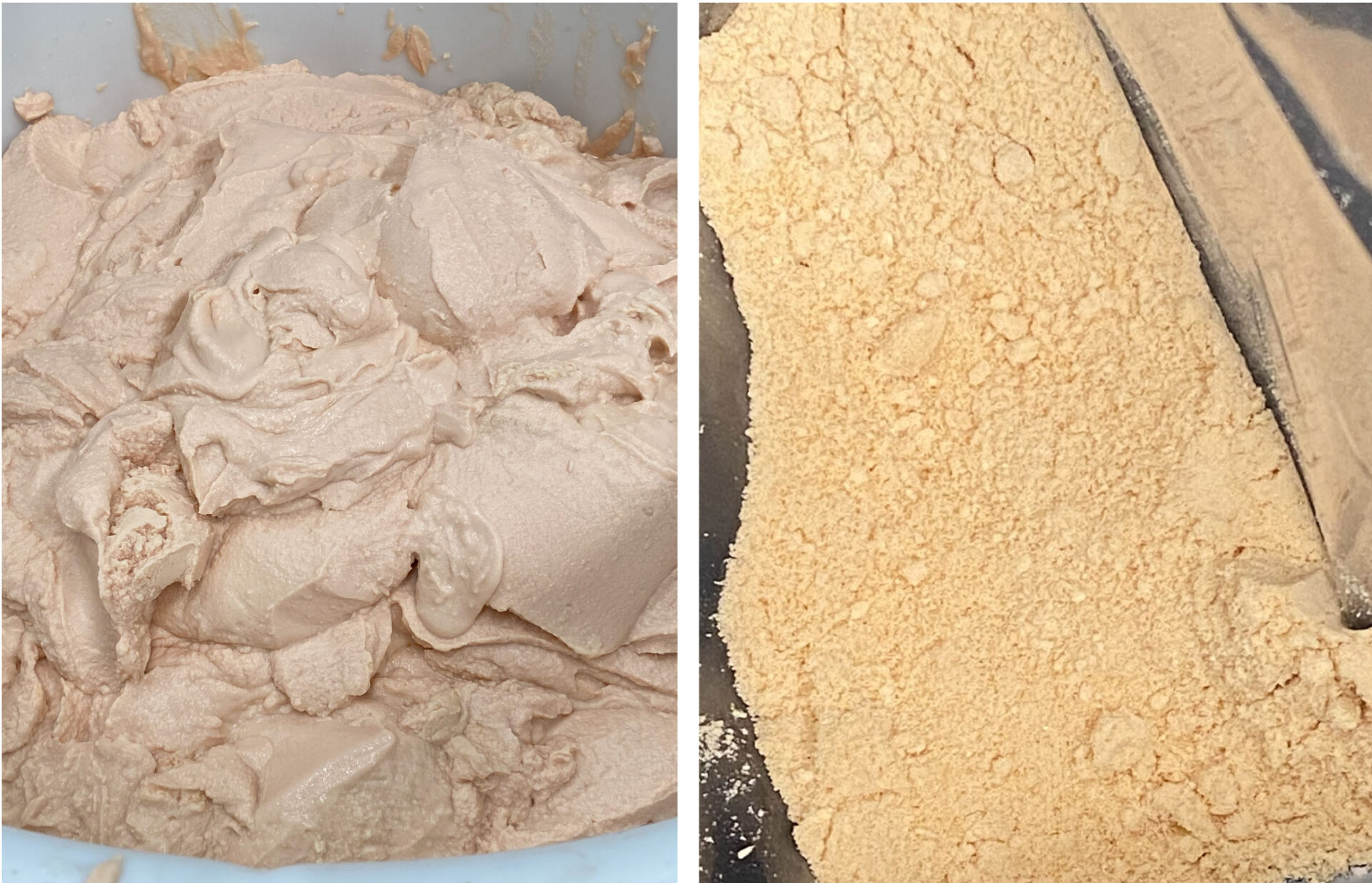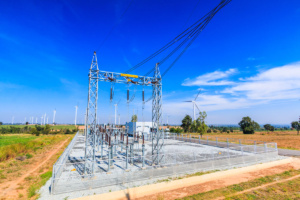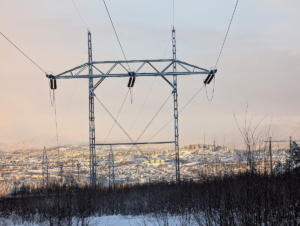Drying is one of the oldest and most widely used processes in human history. Yet, in modern food processing, industrial drying remains an energy-intensive step and often accounts for a significant portion of the overall energy consumption. At SINTEF Energy Lab at Blaklia, Trondheim, an innovative and energy-efficient pulse spray dryer has recently been installed, capable of drying liquids and pastes within 1-2 seconds without compromising product quality.
Drying: From Ancient Methods to Modern Techniques
Since ancient times, sunlight and wind have been used to dry everything from clothes to fish, crops and meat. In contrast, industrial drying is faster and more controlled but demands significant energy inputs to achieve the same results.
Drying is about removing moisture from materials to preserve and stabilise them, reduce their weight, or prepare them for further processing. Different drying techniques are used depending on the nature of the material, the desired drying speed, and the need to maintain specific quality standards.
Common drying methods include using heat and hot air flow to speed up moisture evaporation. Spray drying, for instance, involves turning liquids into fine droplets that evaporate in a hot gas stream. Another technique is freeze-drying, where materials are first frozen, and the moisture is then removed through sublimation under vacuum conditions. Drying processes play a crucial role in a range of industries, from food and pharmaceuticals to manufacturing.
Spray Drying of Food Products
In the food industry, drying is a fundamental technology for preserving and stabilising food products. Its main goal is to extend shelf life and minimise spoilage by removing moisture that could promote microbial growth. At the same time, the drying process significantly impacts the structure and appearance of the products. Therefore, it is essential to ensure that the final product retains its quality and visual appeal.
Spray drying is widely used in food processing for converting liquids into powders. It is an efficient method for preserving and extending the shelf life of products such as dairy, coffee, tea, and soups, as well as other powdered foods and ingredients. Spray drying is highly valued for its ability to produce high-quality powders that retain the taste, aroma, and nutritional content of the original liquid. Additionally, it maintains desirable characteristics such as colour, texture, and solubility.
However, traditional spray drying can be energy-intensive, especially when dealing with pastes or viscous liquids. While its ability to produce high-quality powders with certain characteristics often justifies the energy consumption, there has been a growing emphasis on developing more energy-efficient spray drying technologies.

Pulse Spray Drying
An innovative development is the recently installed 20 kW pulse spray dryer at SINTEF Energy Lab in Trondheim. Developed by Ekonek Drying Innovation in Spain, the technology transforms liquids and pastes into high-quality powders almost instantaneously, with the benefit of 20-30% lower energy usage than conventional spray dryers. Another advantage of the short residence time in the drying chamber is the preservation of delicate and heat-sensitive ingredients. The reduced exposure to high temperatures minimises degradation and ensures that the final powder retains its original flavour, colour, and nutritional content. This contributes to the high quality of the dried powder.
An additional benefit of the pulse spray dryer is its ability to process products that conventional spray dryers struggle with, such as highly viscous liquids. The technique atomises these liquids, breaking them down into fine droplets prior to the evaporation process in the drying chamber. Furthermore, the pulse spray dryer can handle liquids with higher concentration than conventional spray dryers. This capability directly enhances the energy efficiency of the dryer, as less water needs to be evaporated.
The Pulse Spray Dryer: How It Works
In short, the pulse spray dryer works by generating rapid combustion cycles that create high-velocity pulses. These pulses, repeated over 100 times per second, hammer on the injected liquid and efficiently break it down into a hot spray of fine droplets. This fine spray then enters the drying chamber, where it is rapidly dried and comes out at the end as a high-quality, uniform powder. The repeated pulses, or sonic waves, from the combustion cycles are key to the fast and efficient drying of the dryer.
For a more detailed explanation and an animation of the pulse spray dryer, see the YouTube video below.
The pulse spray dryer is highly versatile, capable of efficiently drying a wide range of biomasses. This includes not only fish and seafood but also macro- and microalgae, as well as by-products from meat and chicken, including blood, bones, and trimmings. Additionally, it is effective for drying yeast, vegetables, and hydrolysates of both fish and meat. This adaptability makes the pulse spray dryer a potentially invaluable technology in food processing. In effect, it enables the preservation and enhancement of diverse biomasses that would otherwise go to waste, and hence can contribute to a more sustainable food industry.

The SuMaFood project
The pulse spray dryer installed at SINTEF Energy Lab was developed and built by Ekonek in Spain as part of the SuMaFood project. SuMaFood was a transnational project involving partners from Norway, Greece, Romania, and Spain, and funded by the BlueBio ERA-NET COFUND. The main objective of SuMaFood was to develop sustainable and innovative preservation methods for marine biomasses and to demonstrate how new marine-based food ingredients can be made available and appealing to consumers.
SuMaFood was coordinated and led by SINTEF Energy Research, with Norwegian partners NTNU and NUAS Technology AS, Greek partners National Technical University of Athens (NTUA) and FORTH/PRAXI Network, the Romanian partner Transilvania University of Braşov, and the Spanish partner Ekonek.










Comments
Do you have any publications on this project outcomes? If so, I would appreciate relevant details.
Dear Arun,
Thank you for your interest in the dryer and the project. We have a few project-related publications that may be relevant: two on the characteristics of baking products containing dried powder ingredients, and another on fish protein hydrolysates:
https://doi.org/10.3390/foods13050698
https://doi.org/10.3390/foods12244498
https://doi.org/10.1016/j.foodchem.2024.139559
Please let me know if you have any further questions.
Great Paper – Thanks a lot